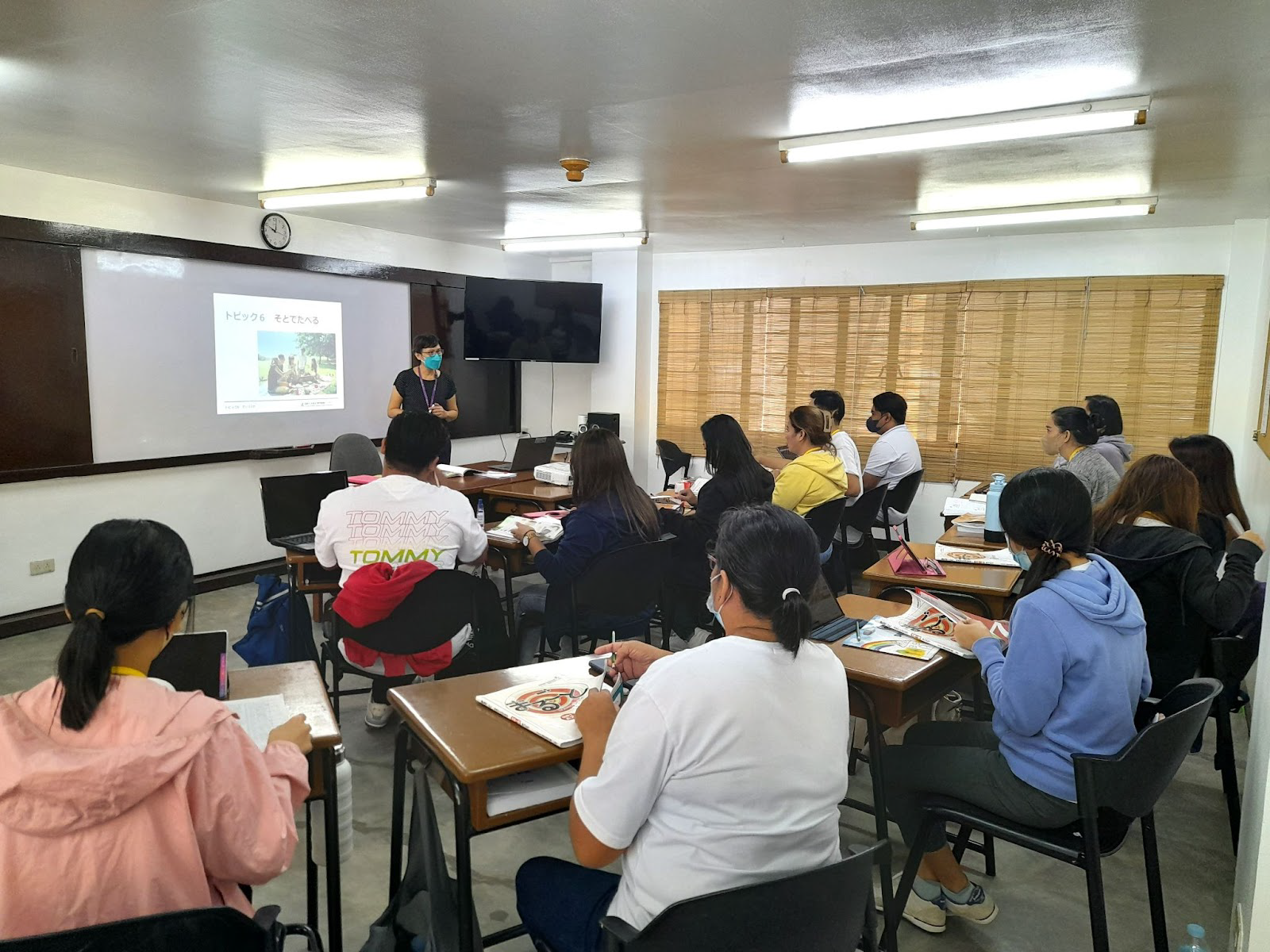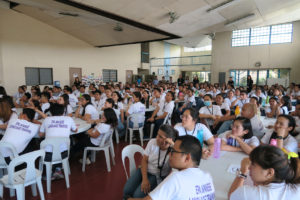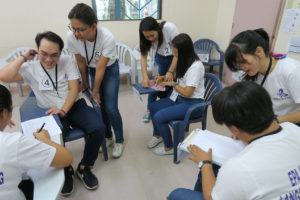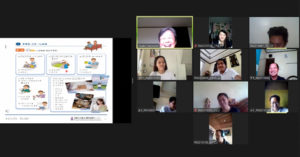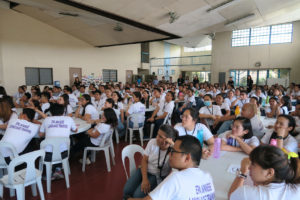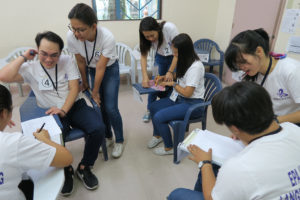The Japan Foundation, Manila (JFM) would like to invite applications for the following position:
1. Job Opportunity
| No. | Title | Field | Deadline |
| 1 | Program Coordinator | Japanese Language Education | 6:00 PM of
Nov. 10th, 2023 (Friday) |
2. How to Apply
Please email the following documents to the email addresses shown below. The title of the email should be 【PC(NS)-2023】Applicant’s Name. The successful candidates will be notified and invited for an interview.
- Duly accomplished JFM Application Form
Download the file from this link.
– If you have technical difficulties downloading the form, kindly email Mr. Yojiro Tanaka (Yojiro_Tanaka@jpf.go.jp) - Curriculum Vitae (with a profile picture taken within 6 months)
- 1 copy of a valid government issued ID
- 1 copy of a graduation certificate/diploma from the last educational institution you graduated from (note: it does not have to be a four-year college)
- 1 copy of the Japanese-Language Proficiency Test certificate (if any)
3. Contact Details
The Japan Foundation, Manila
Address: 23F, Pacific Star Bldg., Sen. Gil Puyat Ave. corner Makati Ave., Makati
TEL: 02-811-6154
(Contact person: Mr. Yojiro Tanaka, Ms. Yuko Fujimitsu)
Job Description
| Title: | Program Coordinator [NS Team] |
| Contract: | Contractual until March 31, 2024, with possible renewal subject to mutual agreement of both parties. |
JFM is recruiting one Program Coordinator in the field of Japanese-Language Education. The Program Coordinator will be assigned to the Nihongojin Support (NS) Team and will be tasked to design, monitor, and handle the logistics of MARUGOTO courses and provide overall support to the team.*
*The NS Team supports Nihongo teaching and learning communities by creating opportunities for professional learning. Project forms include teacher training courses, seminars, and workshops, such as the Sensei no Wa (Teachers’ Circle) and the Philippine Nihongo Teachers’ Forum (PNTF), as well as events for Nihongo learners such as the Oshaberi Salon (Talking Salon), and the annual Nihongo Fiesta.
Nihongo classes offered by JFM and handled by the NS Team are based on MARUGOTO: Japanese Language and Culture, the official coursebook of the Japan Foundation.
The Program Coordinator is expected to:
1. Handle the Marugoto Courses from course design and development, lesson content and learning progress, and all other logistical preparations and procedures, including, but not limited to:
- Managing email communication regarding course inquiries
- Scheduling and conducting student screening interviews
- Creating and managing course communication channels (i.e., Facebook group and Messenger group chat)
- Monitoring student attendance and managing class video recordings
- Working with the team to develop the course design, lessons, and materials (i.e., students’ level check test, homework, compiled references & resources, etc.)
2. Communicate and coordinate with part-time course lecturers and students.
- Send out reminders to students regarding course submissions (i.e., course reflection and assessments)
- Facilitate reflection among part-time course instructors
- Provide general support and answer inquiries via the course communication channels
3. Promote Japan Foundation developed Nihongo learning materials and JFM events.
- Facilitate the promotion of resources related to Japanese Language Education, including information about the JF Standard.
4. Engage in other services incidental to the program operations of the NS Team.
Specifications:
| Preferred Academic Background |
|
| Preferred Experiences |
|
| Nihongo Proficiency |
|
| PC skills |
|
| Preferred Personality
Traits/skills |
|
Salary and Benefits:
- The salary will be decided based on the qualifications of a successful candidate.
- The basic benefits will be provided as per determined by the Labor Code of the Philippines.
Remarks:
- JFM is currently operating in a hybrid work arrangement (commute to the office three days and work from home two days a week). This arrangement may change depending on the office protocols.
- The Program Coordinator may be asked to join overnight business trips outside Metro Manila and to work over the weekend during special events such as weekend training and seminars.
- The term of the initial contract will be until 31 March 2024. Based on mutual agreement, the contract can be extended on a yearly basis.
